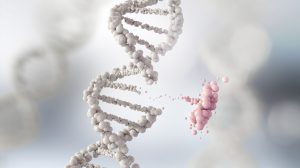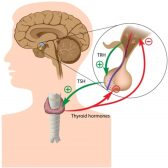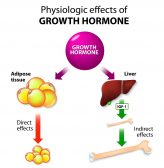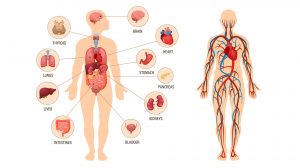Definition
noun, plural: promegakayocytes
A precursor cell in the thrombocytic series that arises from a megakaryoblast and develops into a megakaryocyte
Supplement
Hematopoiesis is the process of forming new blood cellular elements in vertebrates. In this regard, thrombopoiesis is a hematopoiesis leading to the formation of thrombocytes. It begins with a multipotent stem cell, a hemocytoblast, which gives rise to a common myeloid progenitor cell. The progenitor cell, in turn gives rise to colony forming unit (particularly, CFU-Me, which is also referred to as CFU-Meg or CFU-Mega) fated to become megakaryocytes. The CFU-Me gives rise to megakaryoblasts. A megakaryoblast is the precursor for a promegakaryocyte. The promegakaryocyte, in turn, is the precursor cell for a megakaryocyte. Thus, in the thrombocytic series, the promegakaryocyte is in between the stages of megakaryoblast and megakaryocyte.
A promegakaryocyte is an immature form of the megakaryocyte. Unlike a megakaryoblast that has a rather smooth cytoplasm, the promegakaryocyte has a cytoplasm with large, bluish granules. The promegakaryocyte has more cytoplasm than a megakaryoblast.
The promegakaryocyte may undergo endoreduplication, which is a process where the nuclear genome is replicated in the absence of mitosis. Thus, a promegakaryocyte could have multiple nuclei. It is in the promegakaryocytic stage wherein the so-called demarcation membrane system begins to form.
Word origin: Greek, pró (“for”, “before”) + megakaryocyte
See also:
- thrombopoiesis
- megakaryoblast
- megakaryocyte
- thrombocytic series
Related form(s):







